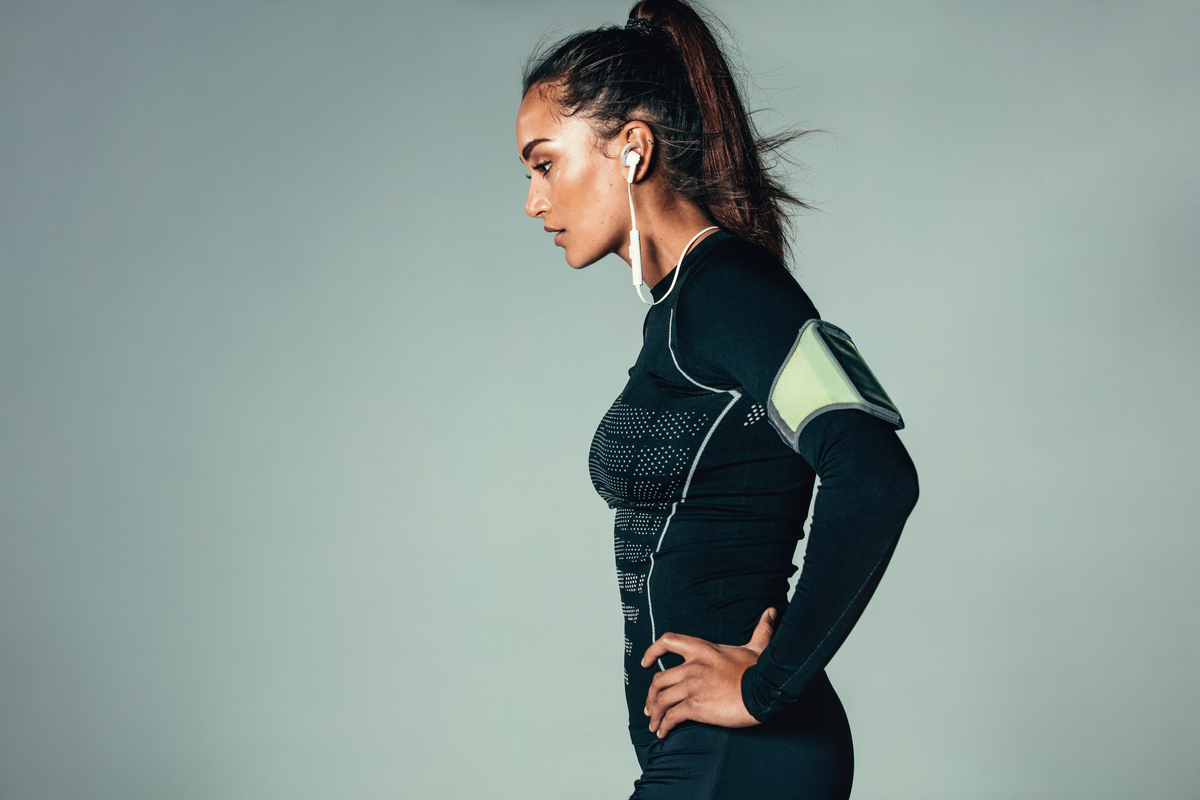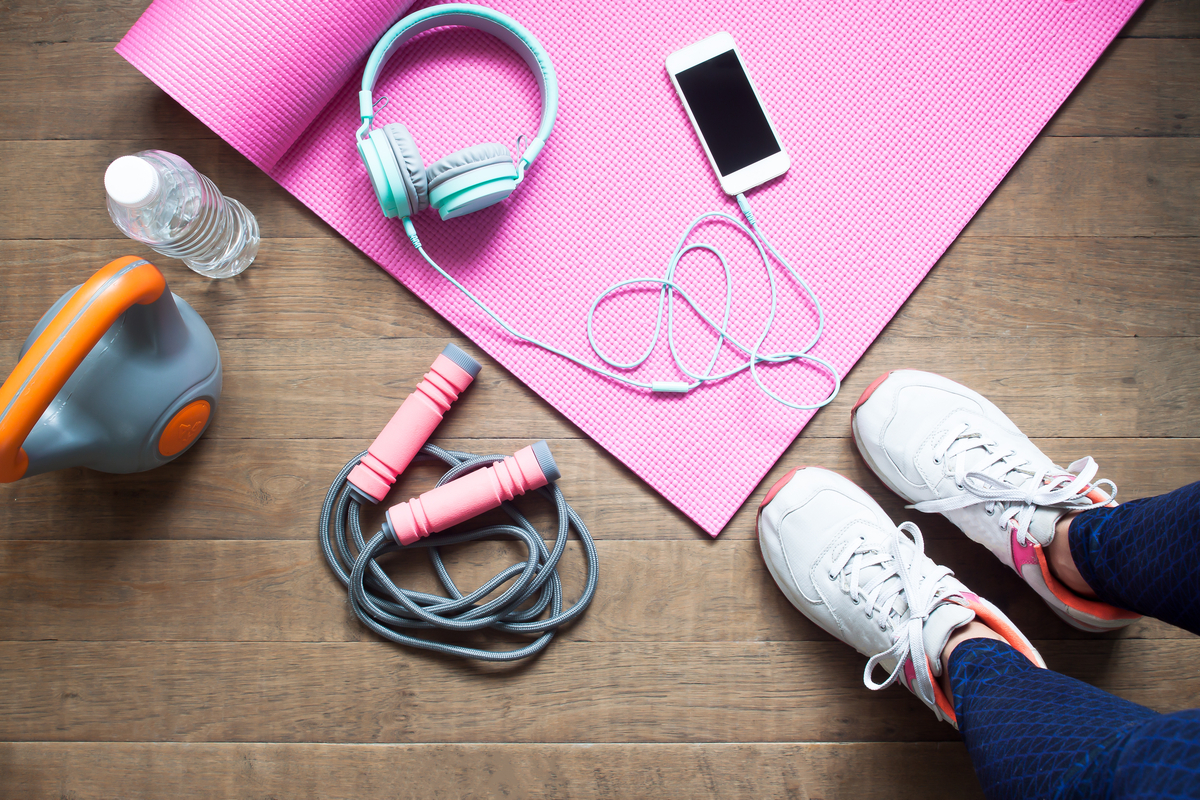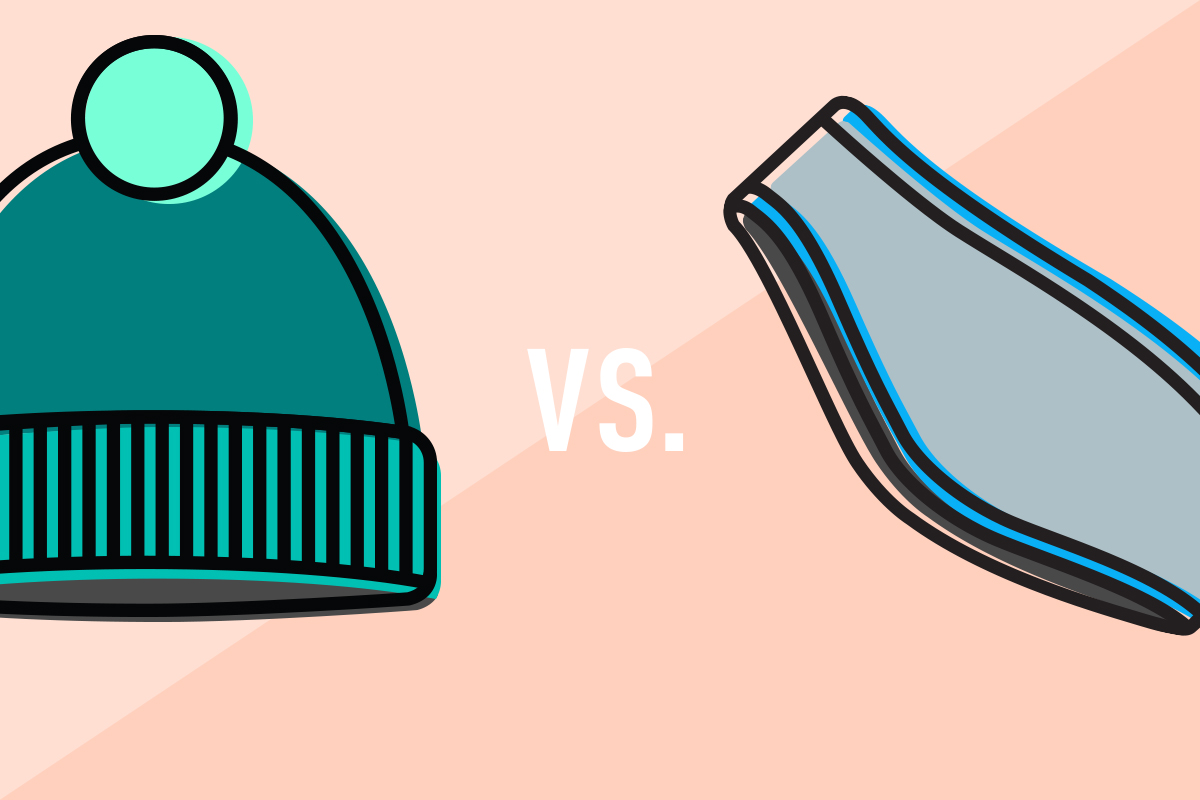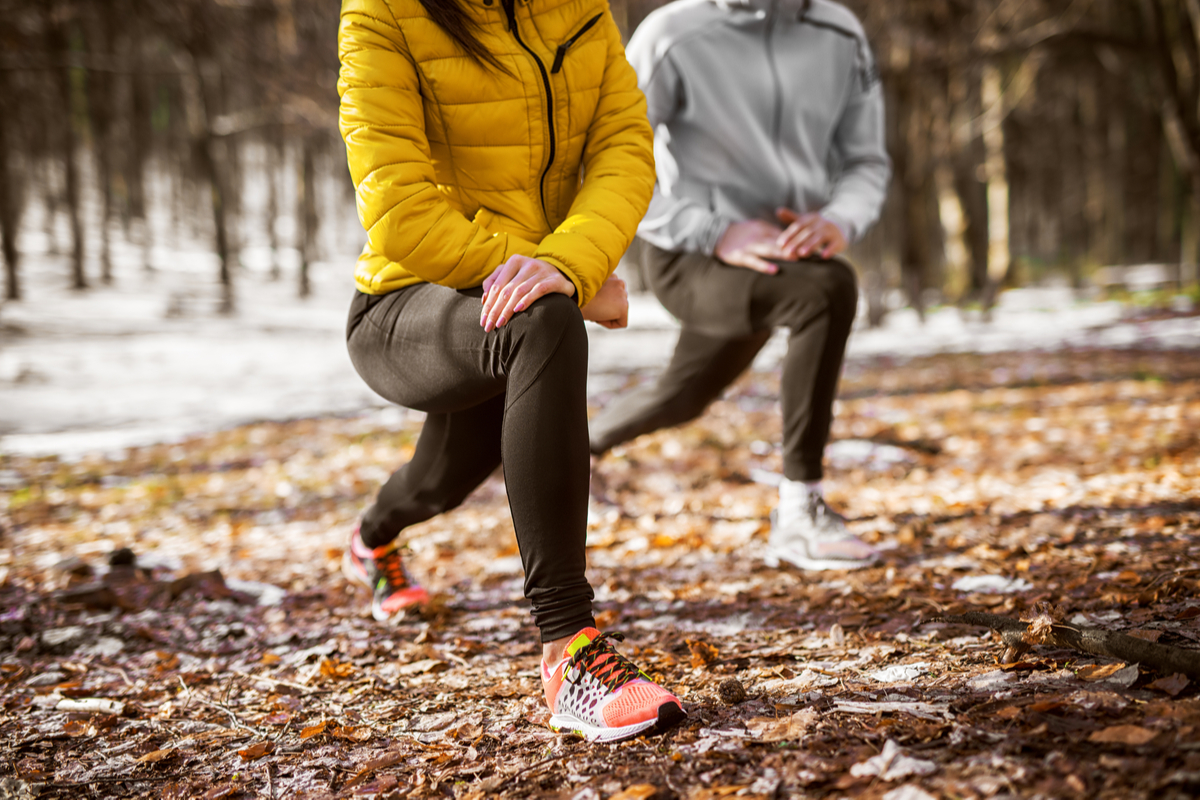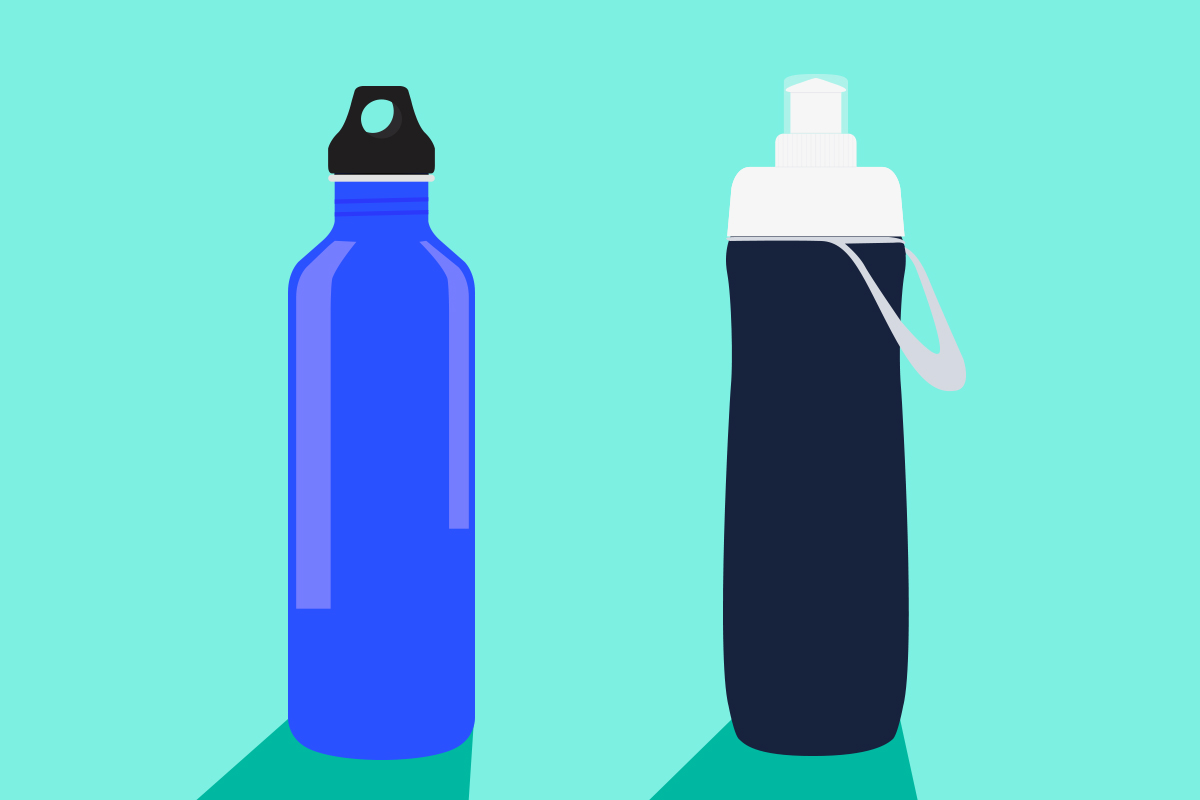You’ve probably seen them: the tight, brightly colored socks adorning runners’ legs at a race or the intense-looking, patterned black sleeves on guys overhead pressing barbells at CrossFit. You may have even seen tight, tight, tight shorts in a spin class or yourself worn a pair of leggings with panels designed to sit just-so on a muscle to help squish it down.
Compression gear has been growing in popularity in the last few years, appearing more and more in workout classes and on amateur athletes, no longer relegated to just the pros in training or the elites in competition.
How compression gear will help your workouts
The idea is that compression garments help improve circulation and help remove toxins, improving performance and reducing recovery time. They act as an aid to the body to do what it would normally do during and after a workout. But can this gear — which can range in price from tens of dollars to hundreds of dollars — actually make a difference when it comes to training, performance and recovery?
The science of compression gear
The science behind compression gear is fascinating. When you wear a piece of clothing — which is noticeably tighter than regular pants, socks or sleeves — the garment exerts a tightening force on the muscles and internal tissues on the limb or body part. The pressure improves blood flow to that site.
It might seem counterintuitive; logically, squeezing your veins and arteries should cause the blood flow to slow down, but what really happens by putting external pressure on the walls of these structures is that the flow of fluid (your blood) is increased. Essentially, it’s pushed along more forcefully. What this means for your performance is that your muscles are given a little boost.
The benefits of compression
According to Dr. Jena Gatses, PT, DPT, LMT, CSCS, compression gear is designed so that it “allows for 30% more oxygen to be delivered to muscles before, during and after a workout.” As a physical and manual therapist, strength and conditioning coach and exercise specialist, Dr. Gatses works to improve her patients’ performance and recovery, so tools like compression gear allow her to expedite the process. “More oxygen to the muscles means better performance, less fatigue and faster recovery,” Dr. Gatses explains.
As compression gear encourages movement of blood through tissue, it is intended to help prevent pooling in extremities. “If you’re experiencing blood pooling in your limbs, you should expect a decrease in performance,” says Jamie Osmak, CSCS, Performance Coordinator at the Hospital for Special Surgery Sports Medicine. “Poorly circulated blood can cause fatigue, swelling and decreased performance.” Osmak also highlights that compression gear can help with proprioception — that is, your awareness of your body in space. “Compression garments provide a bit of tactile feedback so you can double check your alignment and feel how your knee is moving in relation to your hip joint.”
This is particularly useful if you’re rehabbing an injury and need to rebuild some neuronal connection; having the extra feedback from the gear, or just a little bit more information to work with, can help keep muscles on target and your joints nicely aligned.
Dr. Gatses also explains that the stabilization compression gear provides (essentially, holding things in better alignment using constant pressure) decreases your risk of vibration-induced injuries like shin splints. “Wear and tear becomes less of an issue, as does unnecessary movement of the muscle, which can take up valuable energetic resources.”
Compression gear, it seems, can help you work out longer and harder with less of an impact on your muscles and joints.
How compression helps you recover
Recovery is a big part of the compression gear appeal.
“Delayed-onset muscle soreness — that feeling of heaviness and fatigue in your muscles in the days following a workout — may be reduced if you train wearing compression gear,” Osmak says. “Compression can reduce the inflammation that comes from using your muscles by moving toxins out of the tissue. This helps them to heal and rebuild more quickly; plus, less inflammation can mean less soreness.”
This is important for a couple of reasons.
“A lot of patients report a moderate decrease in their perception of soreness, and because being sore impacts form, this means performance may improve and” — for this strength and conditioning specialist, most importantly — “your risk of injury may be reduced.”
Using compression after a workout, which is recommended in the 3-4 hours following a strenuous session, can be part of a smart recovery program to facilitate healing and improve strength development.
Plus, if you feel less sore, you’re more psychologically motivated to keep going. Being overtired or feeling the effects of yesterday’s training session might not be motivating, especially if it’s uncomfortable.
“Even if the effect is just a placebo, if it improves performance by improving your mindset about a workout, that is a win,” Osmak says.
Which types of compression gear you should consider
According to Dr. Gatses, “Compression socks are the most underutilized and most easily controlled performance-enhancing product on the market today.”
She stresses that graduated compression is best, meaning the socks are tightest at the ankle and looser as they move up the calf, which forces blood upwards. “Forcing the blood upward flushes out lactic acid and brings the deoxygenated blood back to the heart, returning nutrient-enriched blood back to the lower extremity,” she explains. Plus, they can reduce cramping, which is essential if you’re doing any kind of strength or power-building (or just running any measurable distance).
She counsels that not all gear is graduated, though, and one should research to ensure a particular garment will give you the most benefit for your money. If you’re looking to go bespoke with your gear, companies like CEP Compression will measure you and custom-fit a garment to your body to ensure the pressure per millimeter is exactly right for your limbs.
Osmak notes that the extra fancy patterns on compression gear haven’t been proven to be more or less effective than standard garments. “You can get a pretty good bang for your buck with just a regular, off-the-shelf compression garment,” he says. “The patterned ones look good but their impact on performance might be negligible.”
Any downsides?
There aren’t a ton of contraindications for using compression gear, so if you’re intrigued to see if it could improve your performance or recovery time, it might be worth exploring.
The exceptions would be anyone with an existing circulation issue or low blood pressure; also, counsels Osmak, “Compression gear isn’t necessarily great for anyone with hypersensitivity. If you don’t like massages or you’re a person prone to panic when feeling physically restricted, this might not be for you.”
The takeaway
There is some good science to support that the increase of new, oxygenated blood to your muscles can be beneficial. Plus, helping to keep your joints aligned and your form in top shape can reduce your risk of injury. When it comes to recovery and reducing pain, whatever helps you feel your best — a reduction in pain, an increase in your perception of power, a feeling of decreased effort when working harder — is a boon.

